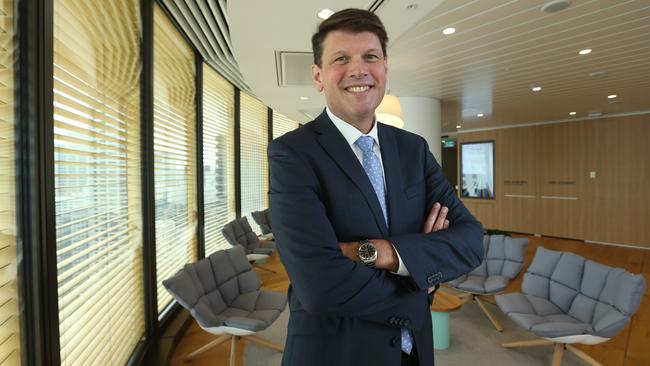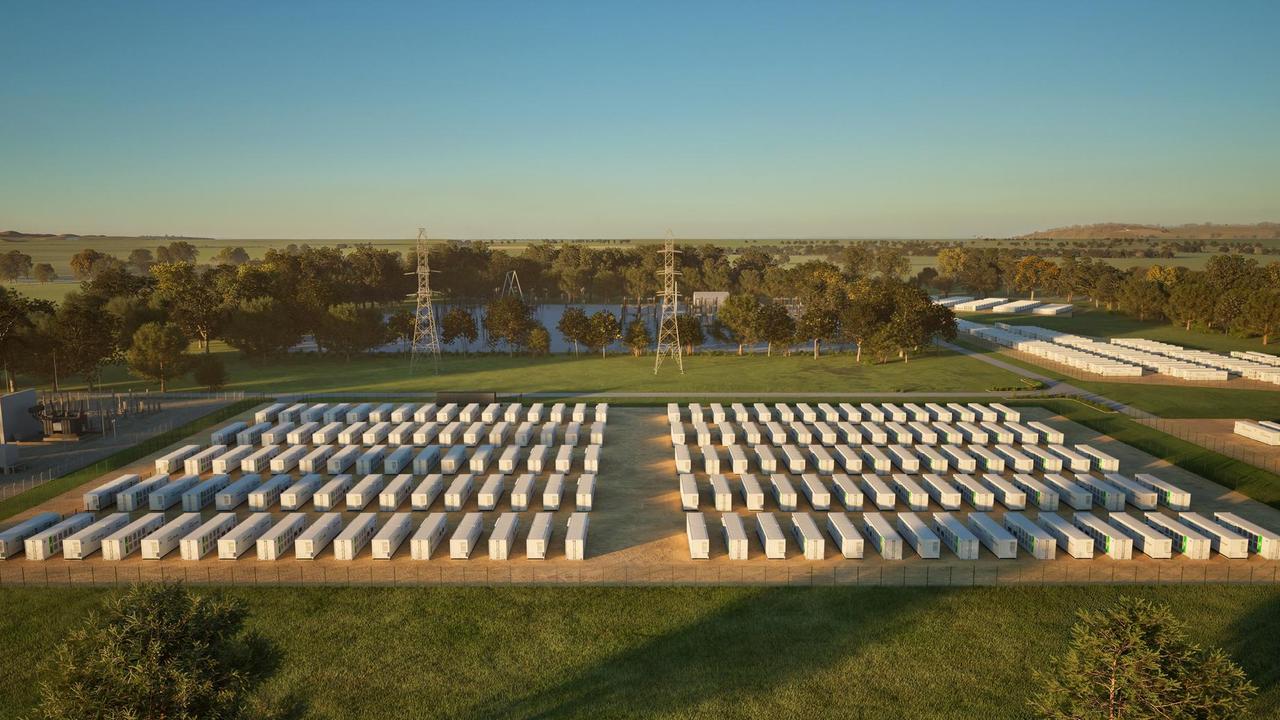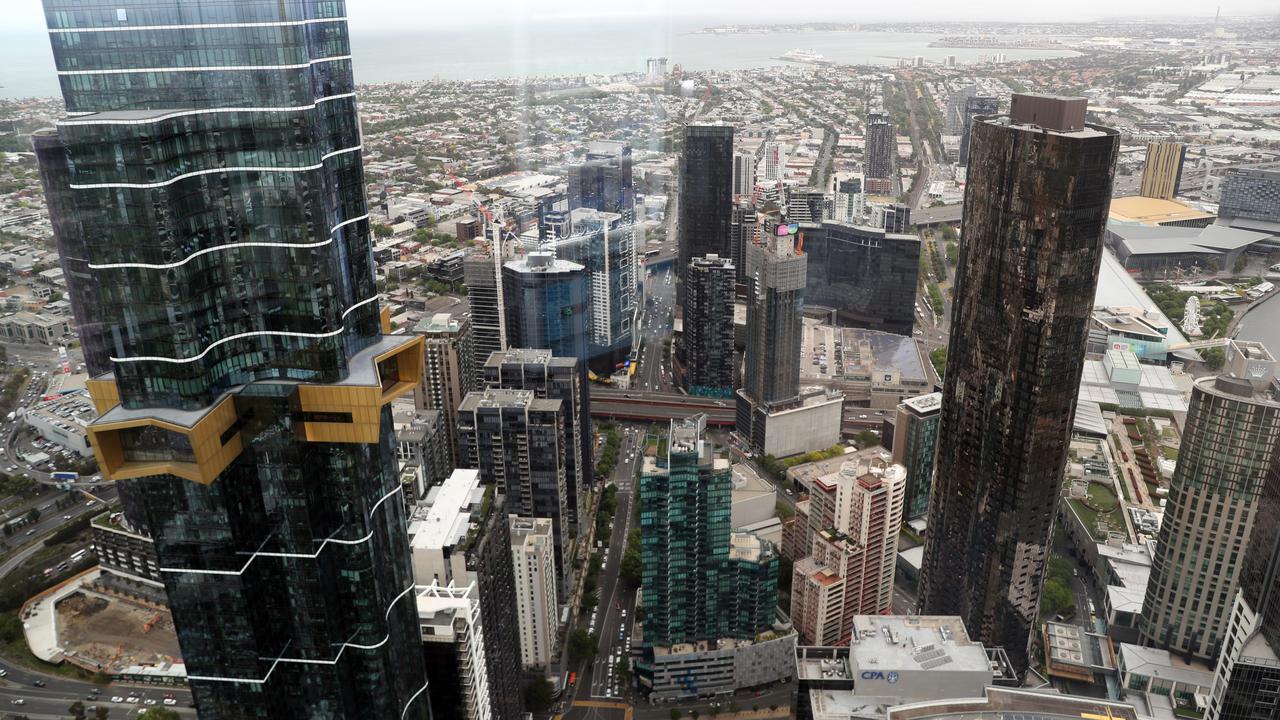Brett Redman takes charge at Transgrid as it faces a new future

Brett Redman, the former CEO of AGL heads back to the top floor as the new chief at Transgrid, operator and manager of the high-voltage electricity network in NSW and the ACT.
Redman’s strong energy background is in retail and generation at a business that carried the heavy baggage of a fossil fuel legacy. Now he tackles the all-important transmission network which has to be fixed if renewables are to deliver.
The 51-year-old Redman starts work on 16 November. Opportunity knocks with Australia’s energy transition and the high growth market of interconnection that will deliver truckloads of new renewable energy into the national grid. The Australian put short odds on Redman as a natural fit for the Transgrid job back in July following the abrupt departure of then CEO Paul Italiano.
In a statement Redman said: “Transgrid will play a pivotal role in Australia’s decarbonisation journey.”
“I am committed to working closely with governments and other stakeholders so Transgrid can invest in and deliver the transmission projects that will transform the network.”
Transgrid chairman Jerry Maycock knows Redman’s metal. Maycock was previously chairman of AGL when Redman was chief financial officer and the two have maintained contact.
“Brett’s experience in managing complex change and transition issues in the energy industry and his commitment to the development of renewable and sustainable energy projects make him an excellent candidate to lead Transgrid in the new era of transformation of the energy system,” Jerry Mayock said.
In April, Brett Redman shocked markets when he suddenly stepped down at AGL, having rebuilt the company’s terrible relationship with the federal government and then driven the restructuring of AGL into two separate businesses. AGL has since stuck with the strategy with the demerger set for mid next year.
Redman’s acknowledged strength in government relations is important for Maycock and the board. Earlier in the year it is understood tension had been building between the NSW Government over the company’s network upgrades to guard against blackouts.
Redman will be pitching himself as the leader to reboot the relationship, and align Transgrid with the Energy Road Map to transform a system of coal power from the Hunter to the city, to power from distributed renewables.
The latest hotly contested M&A deals speak volumes of the value that investors see in this sector: the monopoly like nature of regulated transmission networks with utility investment returns, the huge upside in connecting renewable power to grids and development of that renewable power.
Last week a Brookfield led consortium agreed to a $10.2bn acquisition price for AusNet, the largest Victorian electricity transmission business. And in August, a KKR led consortium bought out Spark Infrastructure Group for $5.2bn.
Spark’s assets include a 49 per cent stake in Victoria’s Powercor and CitiPower and SA Power. Spark also has a 15 per cent holding in Transgrid.
For the players there is virgin territory across the new Renewable Energy Zones set up by states in regional areas where wind, solar and battery projects are in the pipeline and need grid connection.
Redman’s relationship with Rick Francis, CEO of 15 Spark is interesting. Francis was the inaugural chair of Transgrid when it was privatised in 2015 and is deputy chairman under Maycock.
Other directors reflect Transgrid shareholders Utilities Trust of Australia, two Canadian pension funds, CDPQ and OMERS, and Abu Dhabi’s Tawreed Investments.
In future, Spark and Transgrid could well be competing on renewable interconnect business with Victoria’s AusNet. And AusNet will have access to the deep pockets and impressive renewable energy expertise of Brookfield Renewables.
Part of the Brookfield pitch to win AusNet was that it had the power to take the business into markets like NSW, Transgrid’s back yard.
Brett Redman will be driving the new $2.2bn EnergyConnect project, a 900 kilometre power cable connecting NSW to South Australia with a connection to Victoria. Once built with partner ElectraNet in South Australia, EnergyConnect will help South Australia stabilise its power and transmit plentiful renewable energy into NSW.
Transgrid’s commercial arm Lumea, spun off in May from the regulated business is also connecting solar and wind generation into the grid and investing directly in renewables projects.
With over 11,000MW of renewable energy projects built or underway, Lumea’s customers are renewable energy generators, large load customers and also telco services to wholesale, government and emergency services.
Already Lumea can boast the Wallgrove Grid Battery, the first grid scale battery to be registered in NSW this month which will help to provide inertia to stabilise the grid, taking over the job of coal. And it will be run grid connection activities for the 396MW wind farm in NSW which achieved financial close last month and will start construction shortly.



